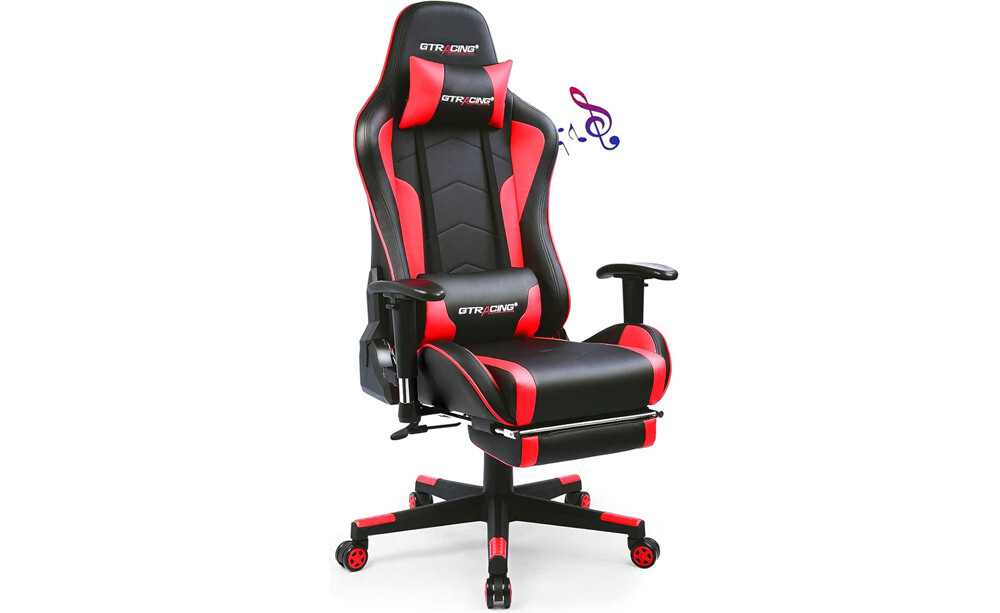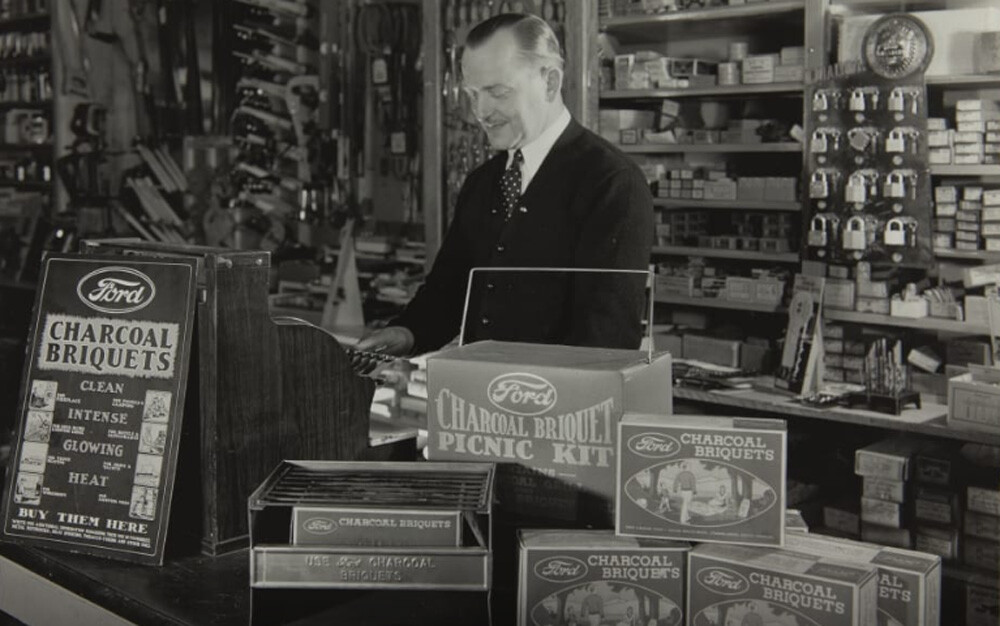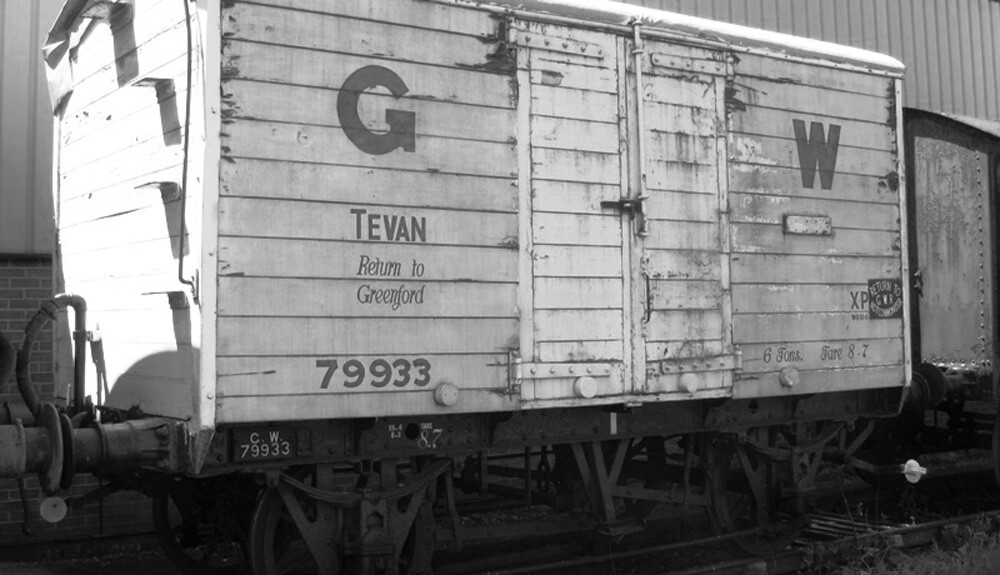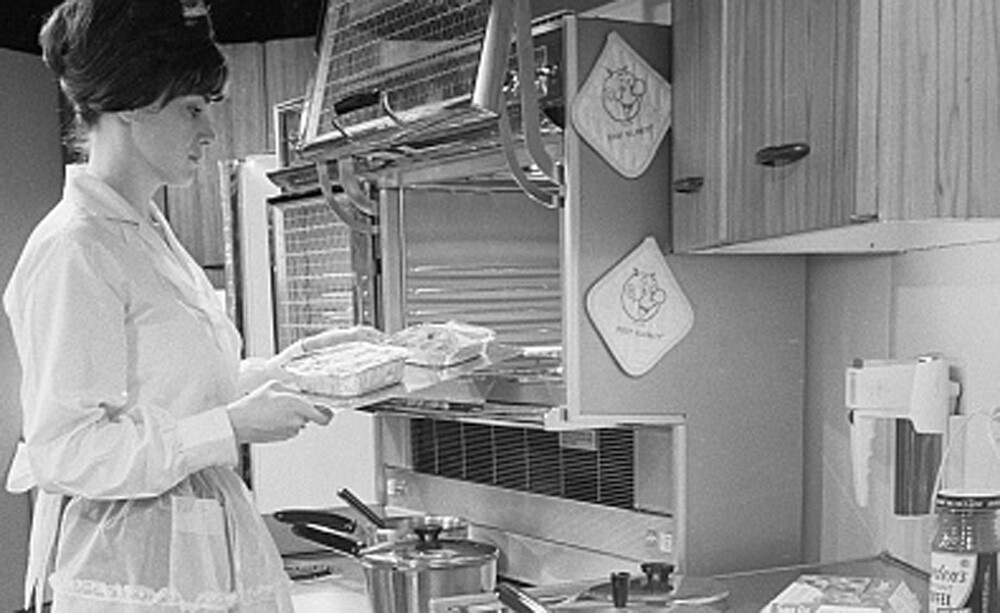4 Products We Got Because Companies Needed to Unload Their Garbage

An inventor creates a complicated new device, which uses rare metals and unique designs to make your life better. A second inventor comes up with a new marketing plan, convincing you to pay money to buy old cigarette butts. Whose accomplishment is greater?
Arguably the second one. Both inventors added value, but the second one created value out of nothing. Better than that: Inventor number two created value out of trash, something worth less than nothing. A surprising number of products started out that very way. For example...
Cooking Oil Was Made to Get Rid of Candle Ingredients
Today, animal fat doesn’t have a great reputation. Lard (pig fat) is a synonym for something disgusting, and tallow (beef fat) doesn’t sound much better, no matter how good both taste. We’re expected to cook in vegetable oil instead. It wasn’t always like this, though.
Don't Miss
For millennia, we found it very normal to eat animal fats, for the simple reason that animal fat is food, while many vegetable oils are not. Some vegetable oils are food — dishes have long used olive oil, for example, because olives taste good. Other plant oils are basically industrial chemicals. Take cottonseed oil. You wouldn’t enjoy eating cotton, so you wouldn’t think to eat cottonseed oil.
Cottonseed was a waste product from cotton processing. Textile makers had zero use for it, but like so much else, you could burn it. Procter & Gamble found it profitable to buy up these worthless seeds and crank oil out of them to turn into candles. At least, they found it profitable until something else became popular:

With lightbulbs replacing candles, P&G was stuck with a wide network of cottonseed oil processing plants that were about to be worthless. So, they marketed cottonseed oil for a new application: cooking. They named the new product Crisco. Of course, they needed to tinker with the oil a little to make it feel like a valid replacement for lard. They created the process of hydrogenation, which hardened the oil and created a delicious new family of chemicals — called trans fats. What do you know, turns out there was something worse for our health than lard.
Gaming Chairs Began as Unsellable Car Seats
Behold, the gaming chair, an essential part of any gamer’s setup. Because it doesn’t matter how powerful your computer is or how brilliant your screen’s colors are. The true measure of a battlestation is the spikiness and redness of all your peripherals.

Critics of this design say a player sitting in a gaming chair looks awfully like a child lying in a race-car bed. That’s a more valid observation than they realize. The leading (and first) manufacturer of gaming chairs is straight-up named DXRacer. The company started up as a manufacturer of car seats. The year was 1999, and the dotcom boom had given a lot of money to people who had the design sensibilities of little boys. Suddenly, there was a big demand for luxury car seats that made you feel like a NASCAR driver.
Demand soon dropped off. Even before the big financial crash at the end of the next decade, we had ourselves an earlier crash as well as a spike in oil prices, and soon, not enough people wanted those ridiculous seats. DXRacer now came up with the idea of marketing their seats for home use — to gamers.
They’d market them to people playing racing sims, but also, they’d market them to gamers in general, tying the style of the chair to gaming through reasons they’d simply invent. Tip: If you want a comfortable chair to settle into while you game, a good office chair will often feel better than a dedicated gaming chair. A dining room chair with a lumbar cushion will also do.
We Got Charcoal to Use Up Ford’s Extra Wood
At the start of the 21st century, the car industry had those silly chairs lying around. In the early 20th century, they had something else: wood. Each Model T contained a whole lot of wood, and since trees rarely grow precisely shaped liked automobiles, that meant Ford factories wound up with a whole lot of extra wood scraps. When you have steel scraps, you can melt them down and get more steel. When you have wood scraps, you can pretty much just mulch them or burn them.
Ford decided to burn them. Better than that — they decided to process them and sell them as specialized burnable items, much like P&G did when they turned cottonseed into candles. People had been making charcoal out of wood since ancient times, but the practice had fallen out of favor after we discovered other fuels. Ford brought the concept back. The very word “briquette” was invented by Ford; a Ford chemist thought up “charcoal briquette,” while the snappier “briquet” was favored by Henry Ford himself.

They first sold the charcoal under the Ford name. From the 1950s onward, they transitioned out of wooden cars, but the charcoal business was still profitable for anyone else who was willing to take it over. Ford now sold their charcoal concern to a company that renamed it Kingsford. That sounds like it’s named for King Henry Ford, and though that’s not quite true, it’s close. It’s named for the town of Kingsford, which was named for Edward Kingsford, the real estate agent who showed Ford where to source wood.
TV Dinners Were Invented Because of a Glut in Turkey
In 1953, Swanson ordered too much turkey for Thanksgiving. With the holiday done, and customers having already bought their birds, the company was stuck with 260 tons of unsold turkeys. This meat didn’t fill giant refrigerated warehouses, because Swanson didn’t have giant refrigerated warehouses. What they had were refrigerated railroad cars, and to keep these running, the engine had to keep running, pulling those turkeys across the country on a train with no passengers.

You might think that a food company with too much turkey could simply sell that meat, by smoking it and slicing it up. That’s what a company would do today. But people in the 1950s had a different relationship with meat than we do now. A Thanksgiving turkey could sell for 69 cents per pound back then. Taking inflation into account, that’s nearly five times the cost of a turkey in Thanksgiving 2023. It was a luxury for a special holiday, and if Swanson instead sold the meat at a price everyday people would pay for, they’d lose big.
Rather than sell the meat directly, the company came up with a plan to package a little bit of turkey with a bunch of cheap peas and sweet potatoes in readymade frozen meals. They’d use the sort of trays airlines serve passengers, and they’d call the result “TV dinners.”

Today, you’ll hear about what a stroke of marketing genius it was, Swanson capitalizing on people’s growing love of TV. (One Swanson salesman, Gerry Thomas, received credit for the idea for years, and then other people later said it wasn’t his idea at all.) That’s true — tying it to TV was smart. But the truly impressive part was marketing a few scraps as a meal and charging accordingly. They sold TV dinners for an initial price of 98 cents each, which is more than $11 today. An entire family would eat these meals, for the same price they could have spent on going to a restaurant.
This was amazing because early TV dinners were awful. Science had only just pioneered the art of freezing vegetables, and it had a long way to go. The defrosted mush was worse than restaurant food and much worse than homecooked food, but it was convenient, so people paid up. If you went to those 1950s families and showed them what we do with frozen food today on a fraction of their budget — if you let them taste but one single Hot Pocket — they’d weep and worship you as a god.
Follow Ryan Menezes on Twitter for more stuff no one should see.